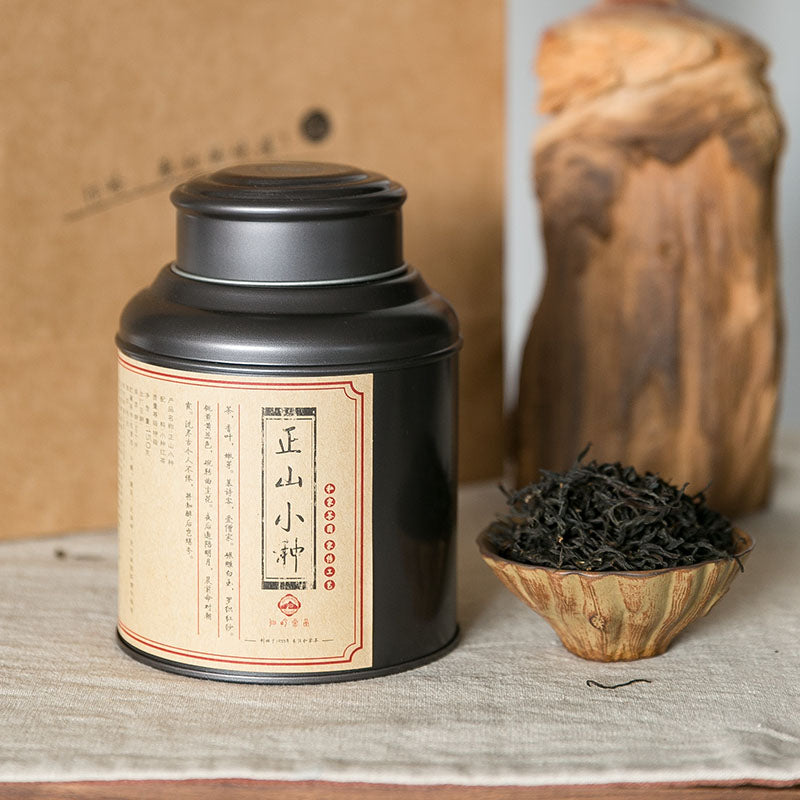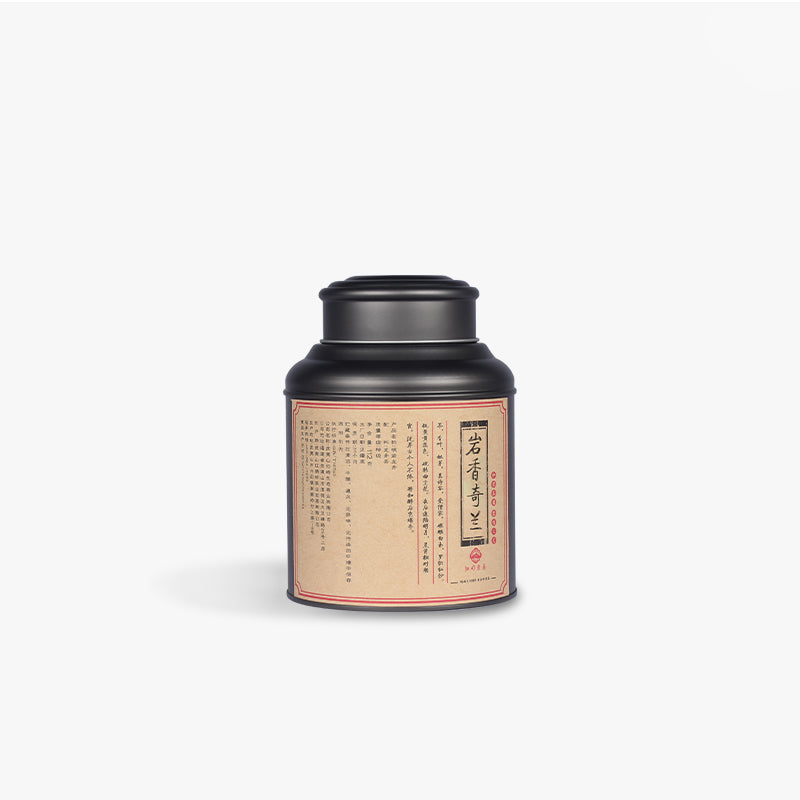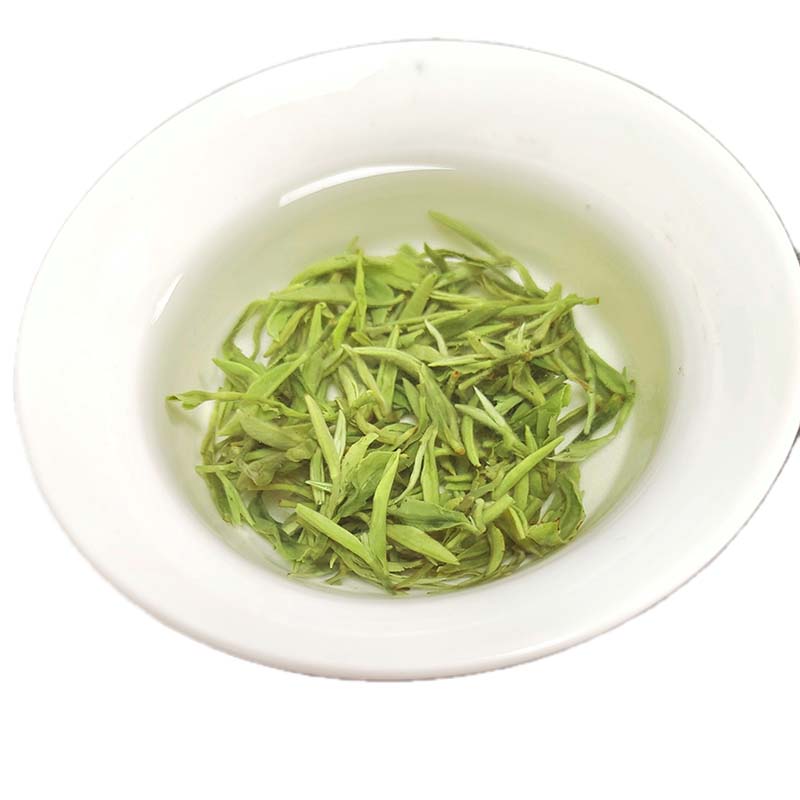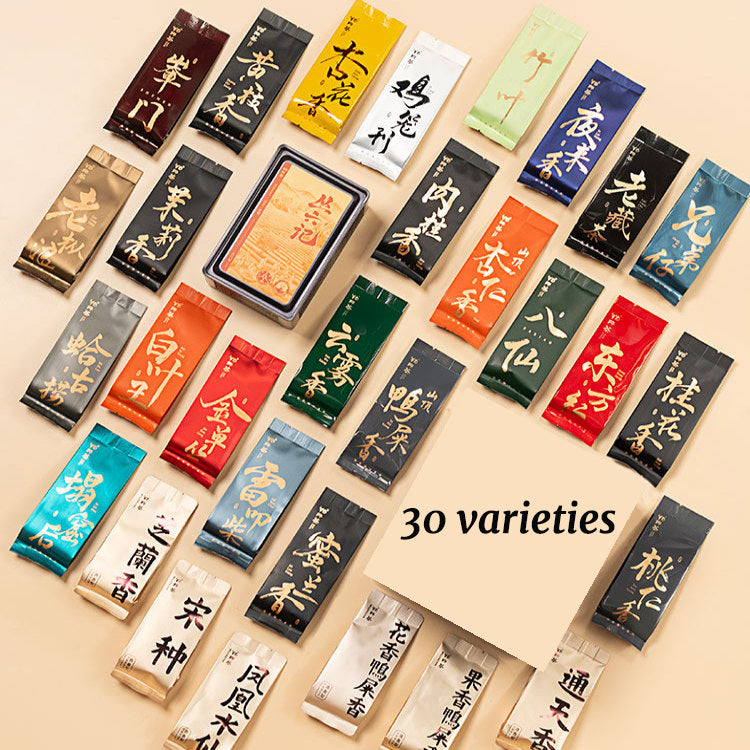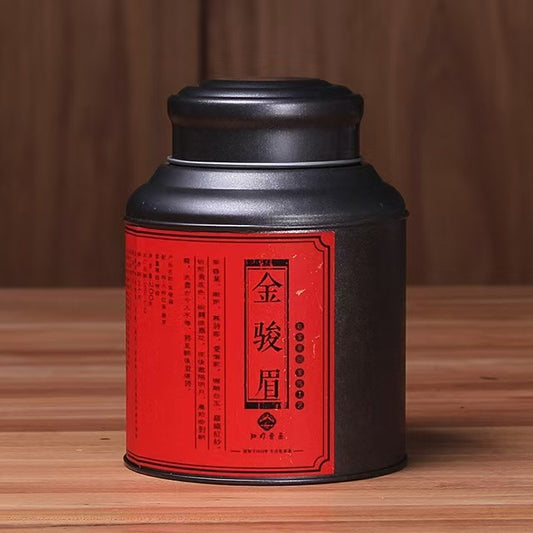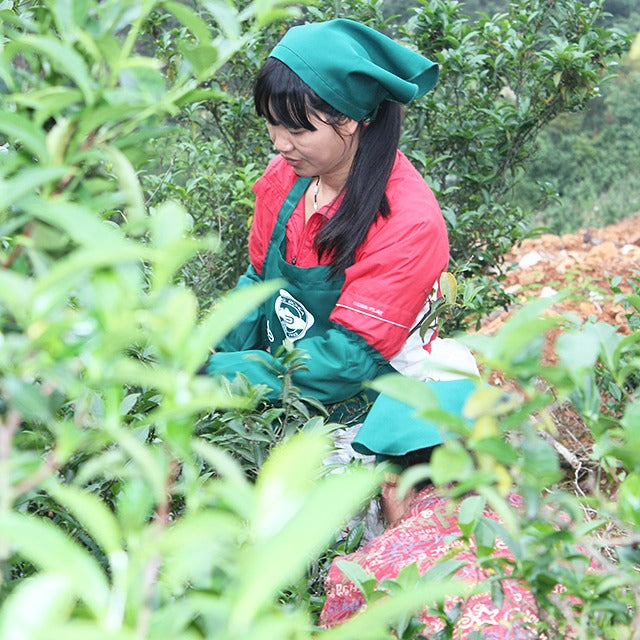Eastern Beauty Oolong Tea The Elegance of Taiwan in a Teacup
Eastern Beauty Oolong Tea The Elegance of Taiwan in a Teacup
Allow me to introduce you to a gem that glistens in the diverse landscape of Taiwanese teas: Eastern Beauty Oolong. With its captivating aroma and complex flavor profile, this tea embodies the refined craftsmanship and rich traditions of its native land. To simply call it "elegant" might be an understatement; it's a tea that feels like a gentle dance of flavors, swirling with history and narrative in every sip.
Eastern Beauty—or Bai Hao Oolong as it's traditionally known—is a tea with origins steeped in legend and care. The tale goes that this particular oolong owes its exceptional sweetness to a small, unassuming insect known as the tea leafhopper. These tiny insects nibble on the young tea leaves, triggering a natural oxidation process that imparts the tea with its signature honey-like aroma and fruity undertones. Far from being a problematic pest, the leafhopper is warmly regarded by tea farmers, much like an unexpected ally in the crafting of this tea's unique character. Without this natural collaboration between leaf and insect, Eastern Beauty wouldn’t be the exquisite tea it is today.
Grown primarily in the Hsinchu and Miaoli counties of Taiwan, Eastern Beauty thrives in the region's subtropical climate and mist-covered hills. Here, at altitudes of around 300 to 800 meters, the tea bushes soak up a perfect balance of sunlight and mist, crucial for developing the tea's multifaceted flavor. The hand-picking of the leaves follows age-old practices, with farmers selecting only the top two leaves and a bud to ensure superior quality. Each step, from cultivation to processing, echoes with a commitment to tradition and excellence that has been passed down through generations.
Brewing Eastern Beauty is almost an art form and one that offers a richly rewarding experience. Start by using a gaiwan or a small teapot, allowing the leaves to unfurl gracefully and release their aromatic bouquet. The water should be just off the boil, around 90°C (194°F), to coax out the tea's sweet and floral notes without overwhelming them. As you pour the water over the leaves, take a moment to relish the fragrance that rises—a prelude to what awaits in the cup. A steeping time of about two minutes will reveal its deep amber liquor, each sip offering a tapestry of flavors that range from honey and ripe fruit to hints of spice and warm wood.
In comparing Eastern Beauty to other oolongs, one might think of it as the charismatic cousin who brings a unique story to every family gathering. Where greener oolongs like Tieguanyin offer fresh and floral notes, Eastern Beauty delivers a richness that is both unexpected and profoundly satisfying. Its allure lies not just in its taste, but in the way it captures the essence of Taiwan—where the old and the new, nature and nurture, come together in perfect harmony.
For those who appreciate the narratives woven into their teacups, Eastern Beauty Oolong is a conversation waiting to happen, be it over a quiet morning at home or shared with friends who cherish the art of tea. It stands as a testament to the beauty of imperfection and the rewards of patience and learning the stories behind what we savor. So, as you cradle your cup and take that first sip, perhaps you'll find a moment of connection—not only with the flavors but with the dedicated hands that have brought this tea from leaf to life.

